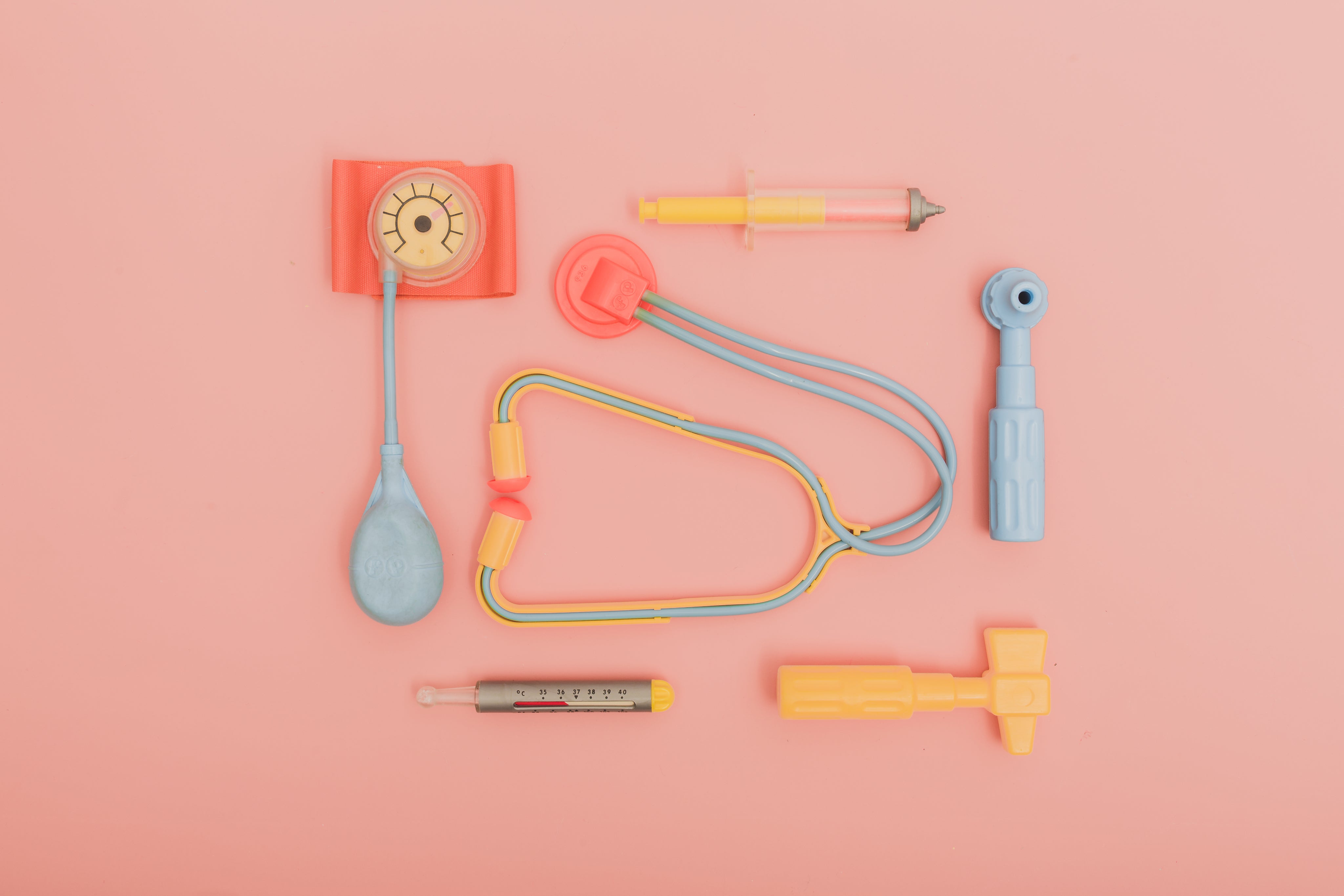
Does Vaginal Dilation Hurt? A Medical Guide to Reducing Discomfort After Vaginoplasty

Does Vaginal Dilation Hurt?
A Medical Guide to Reducing Discomfort After Vaginoplasty
Vaginal dilation is a medically essential part of recovery for transgender women following vaginoplasty. It prevents neovaginal stenosis (narrowing), promotes healing, and supports long-term surgical success. However, many individuals experience discomfort—particularly in the early postoperative weeks. The good news: pain is not inevitable.
This guide explains the physiological causes of discomfort, how to ease it with evidence-based strategies, and why REBLOOM’s self-expanding vaginal dilators offer a compassionate, science-backed solution.
Why Does Vaginal Dilation Sometimes Cause Discomfort?
Some sensitivity is normal during the healing process. But pain may stem from preventable or manageable causes, including:
- Incomplete healing: Fragile granulation tissue or post-op swelling
- Pelvic floor tension: Involuntary muscle guarding triggered by fear or trauma history
- Insufficient lubrication: Causes friction and surface trauma
- Poor device design: Hard, rigid materials or wrong sizes can overstretch delicate tissues
- Improper insertion technique: Rushing or forcing the dilator may cause microtears or bleeding
Understanding the root causes allows for safe, personalized modifications that improve comfort without sacrificing consistency.
What Makes Dilation More Comfortable?
Choose the Right Tool
Device design significantly influences comfort and outcome. Rebloom GAS Vaginal Trainers is engineered specifically for post-vaginoplasty anatomy, prioritizing tissue safety and ease of use.
| Feature | REBLOOM Vaginal Expander | Traditional Dilator |
| Expansion method | Self-expanding via water (hydraulic) | Requires manual pressure |
| Material | Self-expanding via water (hydraulic) | Requires manual pressure |
| Entry shape | Atraumatic tapered tip | Often blunt or cylindrical |
| Comfort and usability | High, designed for transgender women | Variable |
| Custom sizing system | 4 sizes, matched to stages of healing | Often one-size-fits-all |
🔗 [Learn more about the REBLOOM vaginal dilator]
Prepare with Lubrication and Breathing
- Use generous water-based lubricant
- Apply lubricant both to the dilator and neovaginal entrance
- Practice diaphragmatic breathing to relax pelvic floor muscles
- Warm the device slightly under clean water for comfort
- Use positive affirmations or grounding techniques if needed
Use Correct Positioning
Your body position can either ease or increase discomfort. Try:
- Lying on your back with knees bent and relaxed
- Propping hips slightly with a cushion
- Relaxing glutes and thighs before insertion
When to Start and How Often to Dilate
Always follow your surgeon’s protocol, but here’s a general timeline:
| Weeks After Surgery | Recommended Action |
| 1–2 | Begin with smallest REBLOOM size daily |
| 3–4 | Increase duration as comfort allows |
| 5–8 | Consider next size up, maintain consistency |
| 9+ | Continue as prescribed for long-term maintenance |
Consistency is more important than force. Skipping sessions can lead to narrowing or difficulty reinserting later.
Tips from Transgender Health Experts
- “Dilation is a relationship, not a procedure. Listen to your body. If it resists, slow down and breathe.”—Pelvic Physical Therapist, San Francisco
- “Many patients assume pain is part of the process. It’s not. We now have better tools and techniques that support pain-free recovery.”—GAS Surgeon, New York
How REBLOOM Makes Dilation Safer and Softer
Unlike rigid traditional models, REBLOOM’s hydraulic expansion works gradually from within, applying pressure only as the tissue allows.
Clinical Advantages of REBLOOM:
✅ Soft polyurethane: Flexible, biocompatible, non-abrasive
✅ Self-expanding: No pushing or stretching—hydration does the work
✅ Tapered design: Eases insertion and supports proper alignment
✅ 4 progressive sizes: Tailored to your healing journey
✅ Latex-free and body-safe: Reduces risk of allergic reactions
These features help reduce the anxiety and discomfort that can otherwise make dilation emotionally and physically challenging.
Emotional Strategies That Support Comfort
Pain perception is affected by more than tissue—it’s also shaped by emotion, memory, and identity. To create a more affirming experience:
- Pair dilation with music, aromatherapy, or supportive affirmations
- Use a mirror if it helps you visualize and connect with your body
- Journal your experience to track progress and note improvements
- Talk with a pelvic floor therapist trained in transgender care
Frequently Asked Questions
Q: What if dilation causes sharp pain or bleeding?
A: Stop immediately. Sharp pain is not normal. Contact your provider for reassessment.
Q: Can I use a smaller size if I’m afraid of pain?
A: Yes. Start with the smallest REBLOOM size. The key is consistency, not size.
Q: How long will discomfort last?
A: Most users report improvement after 1–2 weeks of consistent, gentle practice—especially with a high-quality device.
Summary: Dilation Can Be Gentle
You deserve a recovery that supports both your body and your identity. Vaginal dilation doesn’t have to be painful. With the right product, mindset, and preparation, it can become a moment of self-care, affirmation, and physical empowerment.
Rebloom GAS Vaginal Trainers is designed for this new standard of healing—with precision, dignity, and clinical care at its core.

